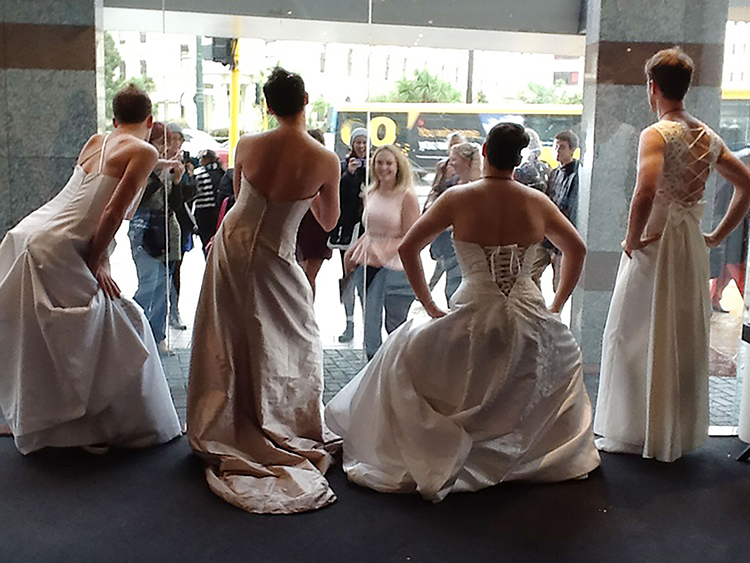
Value in the empty city: Findings from New Zealand’s Urban Dream Brokerage
– Sophie C. R. Jerram
Between 2013–2018, the Urban Dream Brokerage ran as an urban revitalisation platform, commissioned by four distinct New Zealand municipalities. The model: during a period of economic recession and commercial vacancy, proposals from artists and non-profit communities were placed into urban retail sites, dependent on a broker’s negotiation. Following the closure of the Brokerage, a research colloquium was held with creative practitioners, or ‘project creators’ to understand the effective shifts that took place for their practice within the urban context. As a founder and former broker researching the practices of spatial urban occupation, I discerned four common narratives which spoke to the entwinement of people and space. These were: the presence of hostile conditions for the creation of community; the opportunity for experimentation within vacancy; the cloaking of political action through art, and the observation that the revival of ‘dead’ spaces created some longer-term value for the city —value that was not transferred to the project creators. This article offers an empirically based portrait of the Brokerage platform through assembled voices of the project creators.
Introduction
The Urban Dream Brokerage (UBD) ran as a platform in New Zealand, liaising between creative producers and private property owners, to place community and arts projects in vacant city sites. By 2012, following the 2008 Global Financial Crisis, retail vacancies in New Zealand’s capital city Wellington had reached near 25% of all available sites. The then-Mayor of Wellington City, Celia Wade-Brown, described the need for ‘filling the gaps in the teeth of the city.’1
The Urban Dream Brokerage service produced a network of temporary creative projects and spaces. It grew from work of Letting Space, a public art collective firmly committed to expanding social practice through making interventions in the urban fabric. UDB was funded by municipal councils — beginning with Wellington City and expanding to three New Zealand urban centres: Dunedin, Porirua and Masterton. The projects lasted between two weeks and five years. They were selected via the online decision-making tool Loomio, involving input from artists, property owners, municipal staff and urban planners. Chosen projects had a strong bias toward non-commercial creative ventures2.
During its five years, over 190 projects were produced around New Zealand under UDB, from visual arts, music, theatre and design, as well as hobbyist and activist communities. UDB supplied the spaces for the projects for little or no cost. Still, the cost of creating the project fell on the creator. An archive of these projects and description of processes are found at www.urbandreambrokerage.org.nz
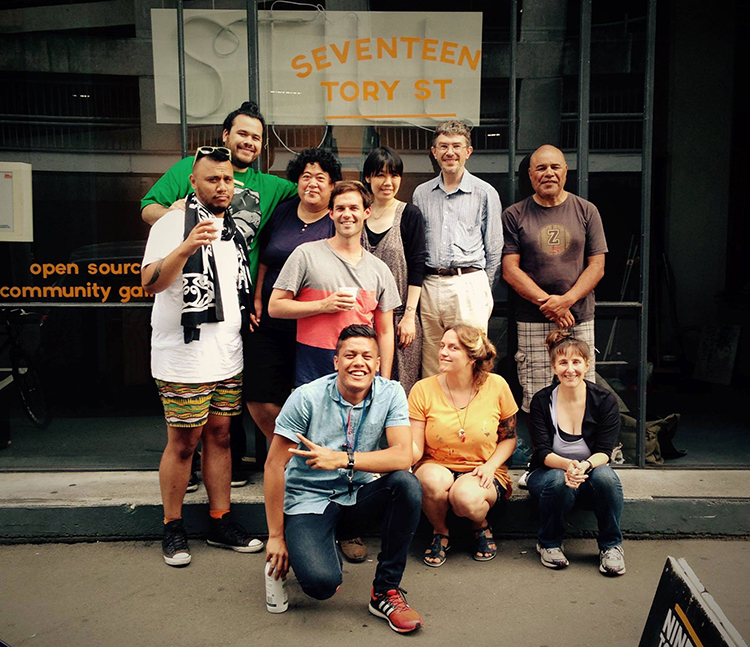
Image 1. Tory Street Open Source Community Gallery, 2016 (Wellington New Zealand). Source: Anon.
By late 2017 several changes reduced ‘spare’ building stock, diminishing UDB’s ability to operate. Firstly, some savvy property owners had converted empty office and retail blocks into academic or residential usage. Secondly, there was increased retail confidence and new longer-term commercial tenancies. Finally, the earthquakes of November 2016 damaged several city buildings that had to be demolished or closed for repairs. With fewer available properties, UDB had less leverage with property owners. By August 2018, a building hosting the five-year quasi-anarchist project 17 Tory Street had been sold and converted into a dog-grooming shop, in a last symbolic step of gentrification. The Wellington UDB closed in July 2018, resulting in the closure of the service nationwide.
In November 2018, I ran an academic colloquium/focus group in the interest of practice-based curatorial research at Victoria University of Wellington’s School of Architecture and Design, involving UDB project creators. Seeking to understand what effective shifts had occurred for UDB practitioners in the urban context, I invited past project creators. Out of the 190 projects, 25 creators attended, discussing projects from Wellington, Dunedin and Porirua (representation from Masterton was missing). While only representing a sample of UDB projects, it was a rich, open discussion and often personally generous.3
Assistant Professor of Landscape Architecture, Peter Connolly from Victoria University of Wellington helped facilitate the session. Peter asked the project creators to elaborate on their experiences and the ‘entwinement of people and space’. The group discussed what was afforded by the experiences of using vacant retail spaces. Listening for themes relating to artistic presence in the urban fabric, four common narratives were discerned. The following presents the narratives that emerged from the Urban Dream Brokerage colloquium.
1. Community built within a hostile environment
The longest running project of UDB was the five-year Open Source Community Gallery, at the ground level of 19 Tory Street (subsequently known by its community as 17 Tory Street). It introduced a devolved, open programme, hosting hundreds of citizen-initiated activities, including art and book launches, music evenings, political meetings, theatre events, co-operative food exchange, film screenings, and regular meetings of Polynesian art makers Kava Club. Tory St. had an attraction bias toward experimental and more radical political groups, but also hosted municipal events and mainstream businesses. Writer and activist Murdoch Stephens was a consistent contributor over the five years. He reminded us of former Prime Minister John Key’s Thatcherite disdain for society, and for Wellington: “The reality is, even Wellington is dying and we don’t know how to turn it around. All you have there is government, Victoria University and Weta Workshop.” John Key, New Zealand Prime Minister 2009-2016).4
Noting that the running of UDB fell almost entirely within the nine-year period of Key’s National (conservative) government, Stephens suggested there was an aspect of ‘oppositionalism’ about the project. Personally, for Stephens, Tory St. “opened up my connection to Maori and Pasifika, Queer and Trans communities; seeing them visibly in Wellington through the (creative collective) Kava Club.” These faces had been absent in public form in Wellington city.
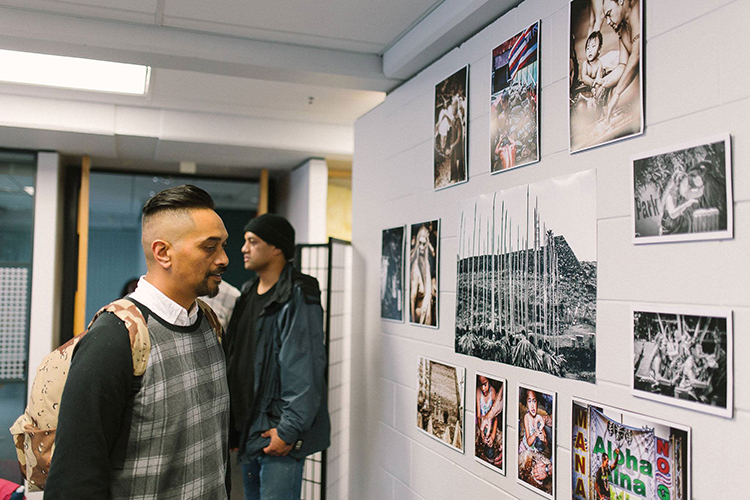
Image 2. Hawai’ian Culture Centre, 2015 (Bunny Street, Wellington). Source: Andrew Matautia.
Involving a few of the same instigators as Tory St., another project, the Hawai’ian Culture Centre was established on the other side of town, in the ‘government zone’. The Hawai’ian Culture Centre offered a re-presentation of a specific indigenous community, a significant reversal of previously clichéd images of that culture. The project was “finding the voice of Hawai’i’ against the ‘nostalgic’ tourism marketing,” suggested organiser and Kava Club member Kāwika Aipa.
- “It started as a fun conversation that we were having … about how we represent ourselves in the CBD. Aotearoa has the most Pacific people living in it. When three Hawaiians that pop up out of nowhere add to the layer of knowledge, it really helped people within (formal) institutions to have that wider discussion about Oceania.”
Staff from Victoria University and Aotearoa New Zealand’s national museum Te Papa Tongarewa came to visit the centre and stayed to contribute to discussion and events.
- “It was nice for us to (build and) retain relationships, and offer our perspective of where we come from, to kind of help support Pasifika and Māori living in Aotearoa … It was a cool space, where we practised language and culture … At one time it was a koha massage clinic for elderly, and we had hula workshops — all the facets of cultural practice … keeping it sustainable for 30 days.”
Kāwika elaborated that the emptiness of the streets in the government part of town after 5pm, in summertime allowed for a freedom to explore Hawai’ian culture in the evening without fear of tight scrutiny by government neighbours.
Another project in a potentially hostile context was described by Stella Reid in a theatre making piece The Basement Tapes. The work was developed underneath the waterfront apartments known as Clyde Quay.
- “I woke to the waterfront as a place for activation and engagement. The neighbours —who were very rich — above us came by and just really enjoyed the crazy sounds we were making, which was a huge surprise. And they brought their tiny dogs.”
Ollie Hutton of Mouthfull found similar forces in the same Clyde Quay space. “It was quite odd being there with radical artist types coming in — we got all these odd looks from the rich neighbours … and the little dogs did come along …”
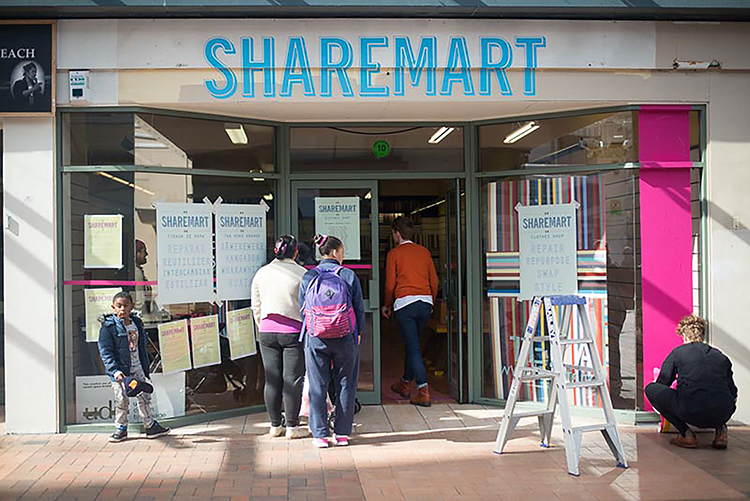
Image 3. ShareMart, TEZA Festival 2015 (Hartham Place, Porirua, New Zealand). Source: Gabrielle McKone.
In Porirua, despite the large number of creative communities seeking to make projects, Mark Amery found a hostile property environment as the UDB broker for six months in 2015. This included collectively running a large two-storey, open-plan community space The Old McDonald’s, inspired by 17 Tory Street, in what had been New Zealand’s first McDonald’s. Here, space was provided to develop projects with the collectives Toi Wāhine and Stronger Pacific Families, and a group organising The Boatshed Festival in Titahi Bay as part of Letting Space’s Transitional Economic Zone of Aotearoa (TEZA) festival. UDB brokered four other spaces and began relationships for the future use of vacant retail spaces by community groups and Pataka Museum, in three other properties. Artspace Toi Wāhine, for example, lasted 18 months and began a community for artists that continues.
- “We ideally wanted long term relationships with property owners over time, so they can start to see the benefit and it starts to change the culture…” Mark described.
- “You literally go out to Porirua East and go and see the dairy owner and talk about the space that he never leases out – and you would go back and back and back. So, there was a constant, long process with the property owners that was really tough.”
This hostility was acknowledged by Kāwika Aipa, who ran a project in Porirua as part of TEZA and is now working as with City Events (Arts, Culture & Heritage) at Porirua City Council.
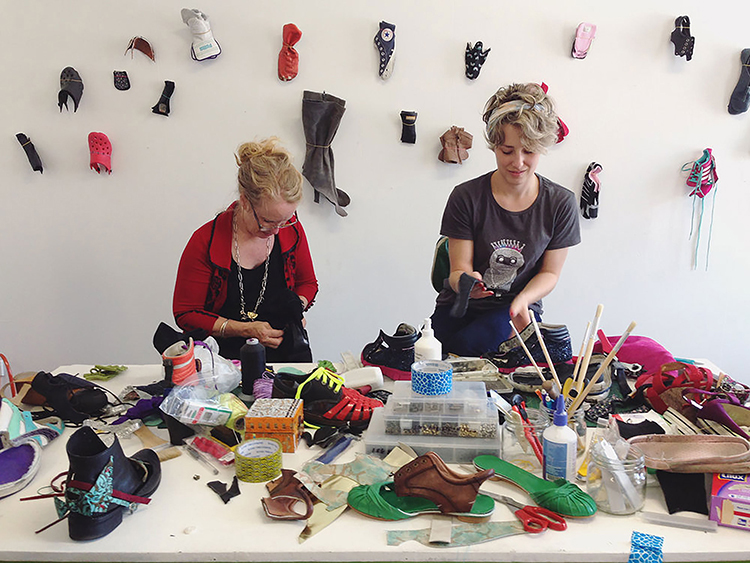
Image 4. Frankenfoot, 2016, Lou Clifton (George Street Dunedin, New Zealand). Source: Justin Spiers.
2. Retail sites allowed for experimentation and improvisation
UDB developed and trialed ideas in highly visible spaces with new audiences and encouraged new ways of hosting sites.
In Dunedin, Frankenfoot – The Redux (2017) creator Lou Clifton had a large high street space:
- “I ran workshops… an experiment — kids’ workshops were the most inspiring and they just took off. The workshops I’m going to run next year are going to be all ages. The kids just went for it, they didn’t even let me finish speaking, they understood what they had to do immediately.”
Lou ran the workshops in a shop without installed lighting, so she improvised.
- “Our space was huge and almost completely dark except for the very centre, which was spot-lit by a skylight. So that’s where we put our table. The surrounding dark space we filled with zombie trash, our Frankenfoot —mannequins and trash bags, rats and seagulls. A tiled pathway—which we used as a catwalk for participants to strut their finished Frankenfeet— led visitors from the entrance to our spot-lit space. So visitors to our workshop had to walk through this dark space filled with junk to a bright white loopy creative space. Which you’d think would put people off, but because our space was urban, close to McDonald’s, next to Dunedin’s biggest mall yeah, nobody was put off.”
In Wellington, theatre-maker Stella Reid used two UDB sites. Mountebank (2013), being extended over three storeys of a vacant Dixon Street office building, provided the possibility for “breaking codified behaviours of being in the theatre… so you don’t dress up and put on uncomfortable shoes, sit in the dark and quietly think about what you might eat afterwards. But that you might return to a space, try and get into the thrill of playing detective and see something — over three levels. It was incredible to see something that large but also at filmic detail.”
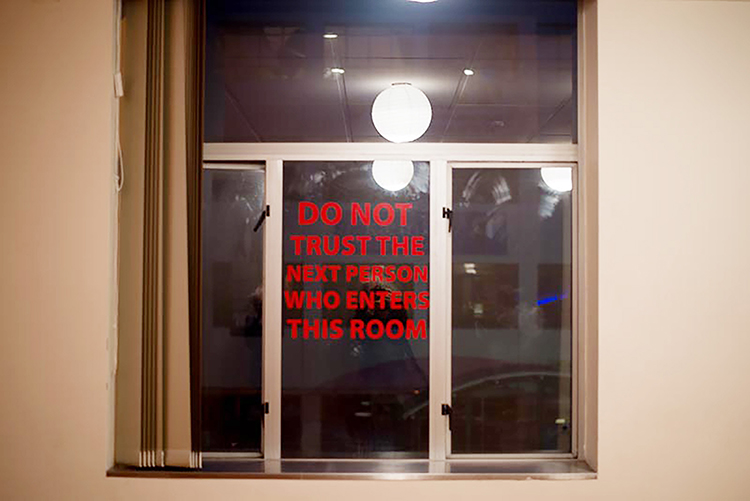
Image 5. The Mountebank Hotel, 2014, Long Cloud Youth Theatre (Dixon Street Wellington). Source: Gabrielle McKone.
For The Basement Tapes (2017), in the concrete space on Clyde Quay Wharf, Reid also had the opportunity “to develop in a site that gave me breathability and liberation. UDB gave us a space that included an entire rehearsal period that was longer than we had ever had in a space that we could call ours. That completely contributed to the development of the work.”
Julia Palm from JPalm in Dunedin described her UDB project in a retail space in Princes Street as helping her reach beyond her regular community.
- “To be in an urban space right in the middle of the city where people are coming in with McDonald’s cups to ask you about your work, is just mind blowing. Like reaching beyond your community to other people that may not have seen you. And the amount of people that were just totally open to it, that was just incredible. Yeah, normally it’s just you and your artist buddies, in a bunker, everyone’s dressed in black … but suddenly when you’re in a retail site you have drunks, teenagers … I always find that super stimulating to be in strange public spaces.”
Gabby O’Connor described her work, Cleave (2013), in a Manners Street former finance retail site as a ‘prequel’ to a work that was exhibited in City Gallery. She noticed the affordances of retail sites in contrast to artistic spaces.
- “There was this conversation between formal art space, which has its own rules, and this informal space of the shop. I didn’t do anything to the shop site itself, we just strung a wire across it, and used the lighting as it was and existed in the space, but my intervention allowed the artwork and shop to be re-seen and reimagined by myself, the participants and the public.”
Practising the sharing of space and offering other groups space to experiment was mentioned by both Ollie Hutton (Manifesto, 2018) and Murdoch Stephens: “There were 400 applications to use Tory Street over a five-year period,” said Stephens.
- “It felt like a mimicking of the UDB model … And we also used the language of art to justify being there, and whatever that potentially signified … but it did feel dirtier … I liaised about 50 of the events in the time and produced 10 events myself, so I can only really speak to those — because there is loads of crazy shit happening all the time … I would cycle past and something was on and sometimes I’d stop and sometimes I wouldn’t. It was kind of chaotic, and brilliant in that way … So, like the UDB, we were giving the opportunity in the space for someone else to use it for free. It was called an open source community gallery.”
Ollie Hutton with Mouthfull ran the last of the Wellington UDB projects, Manifesto, in 2018. The group wanted to set up
-
- “a physical space, a platform for artists to inspire each other, empower each other and just to connect this massive pool of young creative energy that we knew was present in Wellington—we had all these fingers in different holes … We wanted to focus on process as opposed to product—really just a space of experimentation and learning and making these connections with artists.
- Everything was free of charge, it was all accessible to everyone—sort of like Tory Street, ours was almost like a follow on. Anyone’s welcome. We had so many different proposals of stuff, and yeah, we put on about 45 events in about two months, a massive breadth of different activities and different people coming in and out.”
3. Art as a cloak for political action
Murdoch Stephens suggested that the line between art and political action was blurry at Tory Street. He highlighted some of its users: Generation Zero—who led the charge on a government Zero Carbon Act (enacted in November 2019); Oil-Free Wellington, protesting new oil exploration (part of new government policy); Double the Refugee Quota (also now government policy); and Peace Action Wellington. “We probably had the strongest proactive anti-war stuff we have seen in a long time with the weapons conference or weapons expo protest.”

Image 6. Brides, 2013 (Lambton Quay, Wellington), Barbarian Productions. Source: Mark Amery.
For Jo Randerson, the ability to blend political and artistic action was important with projects Brides (2013), a neighbour to Parliament in Bowen House, and Political Cuts (2014 and 2017). “The core thing that matters to me … is that we are creating these temporary autonomous zones, alternative realities, these ways of behaving … demonstrating to people how it could be done. We are undervalued in the process of demonstration. People are like, ‘it’s just art’, but we are communicating on multiple levels.”
Being in the retail environment and interacting openly is important for Randerson:
- “That’s the activist part of it for me … you don’t have to interact in that same expected power relationship of ‘you come in and I sell you this.’ We are asking you to open up what you could do within this space, and people get scared by that at first … and you see some of them really start to enjoy that.”
Other projects started within Urban Dream Brokerage sites continue to build to more explicit political actions. The playful haircutting salon, Political Cuts, started as a way to normalise political conversations for youth. It was first produced by Maverick and Barbarian Productions in 2014, during national election build-ups next to the Wellington City Council, and then in the heart of the civil service in the Public Trust Building in 2017. It offered free haircuts in exchange for an open public conversation around politics and has since become a regular feature on the Wellington calendar at times of local and central government elections.
4. Reviving dead spaces is undervalued.
What was the state of these spaces before the UDB projects take place? Kāwika Aipa described the bleakness of the government streets around the Hawai’i Cultural Centre: “after 5pm it’s so empty you could shoot a zombie movie because it’s so dead.”
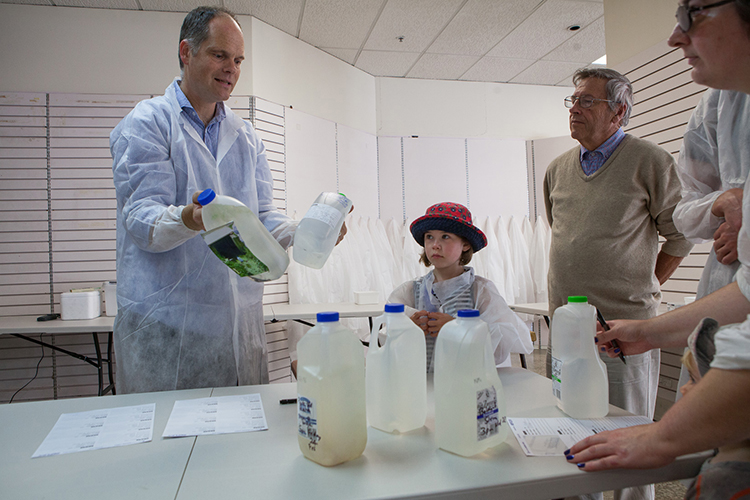
Image 7. Citizen Water Lab, 2017, Julian Priest (Queen Street Mall, Lower Hutt New Zealand). Source: Dionne Ward.
Julian Priest, through his work with Common Ground Festival in Lower Hutt (curated by Letting Space and brokered by About Space) spoke animatedly about his abandoned space.
-
- “It was a bit like
Dawn of the Dead
- , the zombie movie, where the shopping mall gets taken over by artists, so every shop was another outlet … an ‘80s shopping mall with gold palm trees … a temporary art utopia. It had this festival atmosphere … and so just for that moment it felt as though we had brought life back into the space.”
These sites’ ‘deathliness’ performed like an invitation for a new kind of action—an exchange of other forms of information, and the projects brought them back to life.
Gabby O’Connor described her space as being ‘dead’ before Cleave and then noted: “after our project it was rented out … it’s like we illuminated the value of the site, that had been quite unused for some time.”
The magic of transformation—the enlivenment that occurs—appeared to be based in actions that are about a freedom of interaction, rather than commerce … being joyful with each other. Whilst offering a type of creative freedom, Jo Randerson suggests that passers-by can find that experience confronting.
-
- “One woman came back [to
Brides
- ], and she brought her daughter in with her, so her daughter could explain to her what this was. She couldn’t understand that it was not a retail shop. And it was beautiful, this young woman taking her mother around and saying, ‘well you can try it on, you don’t have to, but you could’.”
Was it hard for this woman to discern the nature of the Brides project because an offer outside of the market or state in New Zealand is not commonplace? The life-giving by the artists, done for artistic expansion and rarely for financial gain, appears to produce an unfamiliar vibrancy in the urban environment.
The original ‘affordances’ for artists in vacant sites are both financial and spatial. Financially there was little cost to using the space, although funding for the projects had to be found by creators elsewhere. Spatially, the city context strengthened the opportunity to engage with new publics, to offer alternative frames within retail sites and test political advocacy.
However, on the economic upturn the cities’ inability to recognise that enlivenment was distressing to the project creators, who felt they had engaged in expensive volunteerism–labour that was then capitalised on by property owners or local government. It was noted by participants at the colloquium that the value—cultural and social capital—generated by these non-commercial projects was recognised financially by the property owners as increased rental when the city returned to wider economic prosperity.
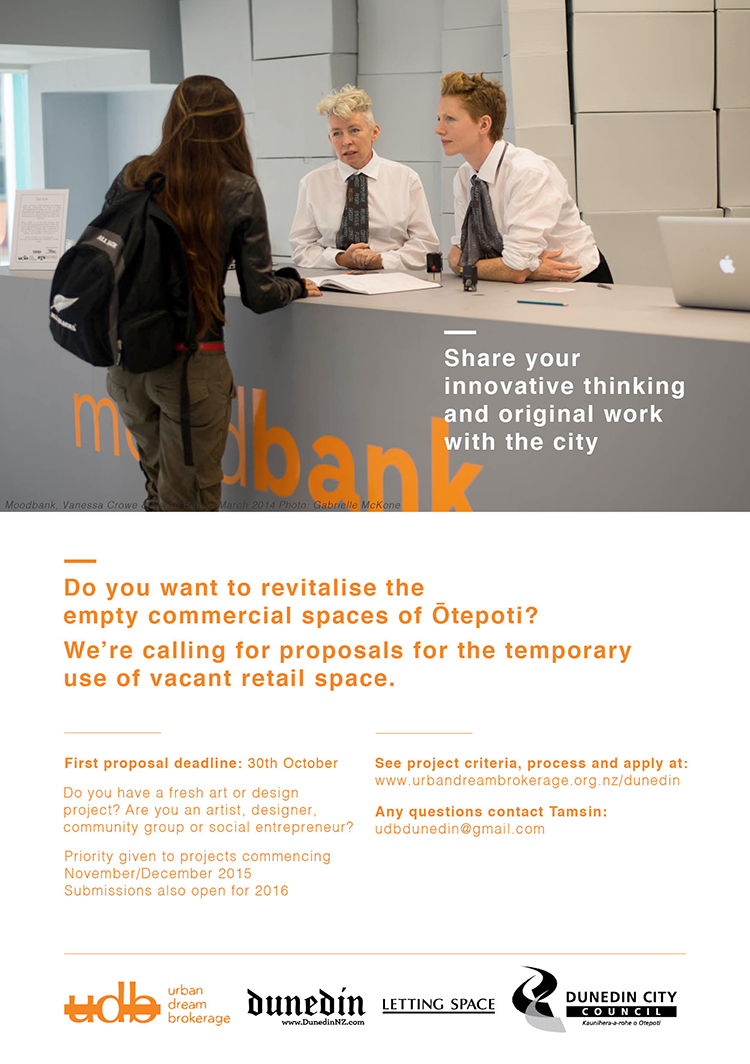
Image 8. Urban Dream Brokerage flyer 2016. Source: Published by Letting Space.
Conclusion
The Urban Dream Brokerage academic colloquium of November 2018 provided an opportunity for past project creators to reflect on the contribution of their projects to the urban fabric, and to understand the affordances of space. The four emergent themes from the colloquium offer guidelines to future city creators: community being built within a hostile environment; retail sites allowing experimentation and improvisation; art being a cloak for political action and the undervaluation of the reviving of ‘dead spaces.’ These themes may offer departure points for new forms of action, advocacy, inspiration or reflection for future project creators and urban observers.
Would it be possible to discern more concretely the energy, interest and enjoyment created by the 190 UDB projects within the urban context? In the current urban transformation model, the ‘value creators’ (project creators) are at a great distance from the city’s ‘value takers’ (property owners). Project creators feel at a disadvantage to those with capital who can bid for, and hold property, independently of economic swings. The willingness by the project creators to experiment with ideas for a city’s revival remains unmatched with any authority beyond the crisis.
The ability to hold space in the city after the recession must be built into any future community-activation project, rather than artists finding themselves without space when more evidential (financial) value returns. Furthermore, a more sophisticated tool for understanding what these projects generate in their publics and for the city could be instituted at the time of the inception of any new urban intervention programme.
At the time of writing (early 2020), New Zealand government departments are investigating solutions to a housing crisis and to rising property inequality. Included in these initiatives are programmes such as Community Wealth Building (such as The Cleveland Model). After years of untaxed speculation on property and a celebration of personal wealth, this state interest marks an intriguing turn away from market-driven solutions to building, toward recognising communities as potential holders of wealth.
The UDB experience shows it is possible to go beyond experimenting with ‘community wealth’. Whether in housing or in the urban centres, there is call to recognise in policy that artists, communities and the not-for-profit sector are a primary source of future ideas and value with whom the state could partner, and into which the market might offer their services. With decades of market-orientation in New Zealand, it may be some years before major changes in attitude and policy will manifest toward recognising this value.
Notes
1. Unpublished Wellington City Council meeting, March 2014.
2. The Urban Dream Brokerage was run via the support of the Wellington Independent Charitable Trust. It was designed and co-directed by Helen Kirlew-Smith, Mark Amery and Sophie Jerram.
3. Unless otherwise stated, all quotations come from: Victoria University of Wellington focus group research. (2018, November 27th). Urban Dream Brokerage colloquium.
4. Hallahan, Marnie, Shane Cowlishaw, and Andrea Vance. “Shearer Slams PM over Capital Dying Quip.” Dominion Post (Wellington), May 07, 2013. [online] Available at: http://www.stuff.co.nz/dominion-post/news/8639058/Shearer-slams-PM-over-capital-dying-quip [Accessed 29 Oct. 2020].
+
The work of the Urban Dream Brokerage was initiated by Mark Amery and Sophie Jerram of Letting Space and developed by Helen Kirlew Smith. After the outbreak of the pandemic caused by COVID-19, discussions are underway regarding the revision of the Urban Dream Brokerage being run again in Wellington City.
Sophie Jerram is an art curator turned PhD researcher, considering the practice of spatial commoning within the context of Aotearoa New Zealand.
Volume 3, no. 3 Autumn 2020
